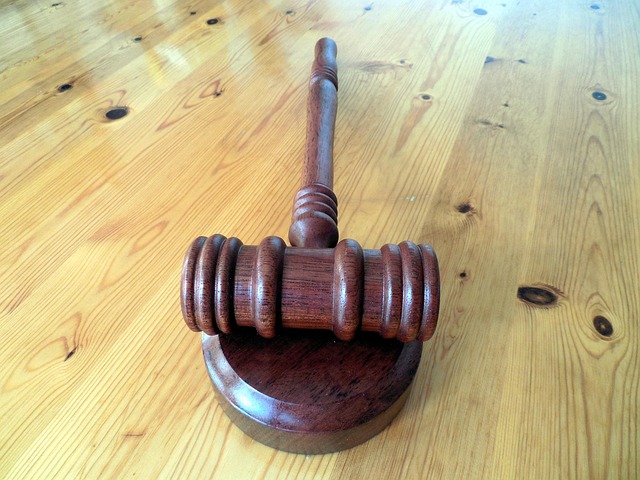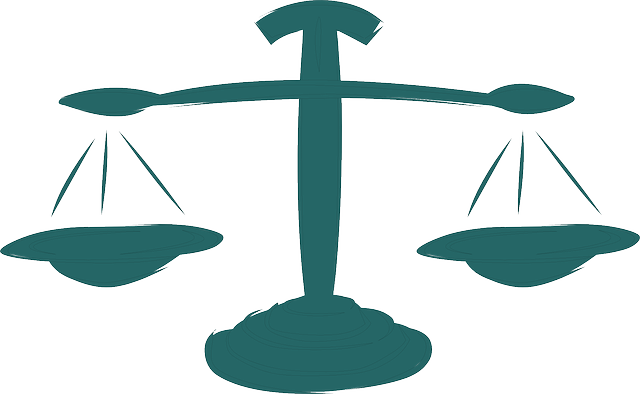The RF Securities Industry Regulation Framework protects investors and maintains market integrity through stringent legal standards for proving defamation damages, effective dispute resolution, and strict consequences for criminal violations. To succeed in Proving Damages in Defamation Cases, plaintiffs must demonstrate false statements leading to reputational or economic harm, involving financial records, market analysis, and character assessments. Strategies include showcasing malice, examining information sources, fact-checking, and verification attempts. Complex cases require meticulous documentation, diverse evidence gathering, and context-based defenses to protect corporate and individual clients throughout investigations and enforcement.
The RF Securities Industry is subject to stringent regulation, with a robust framework designed to ensure fair markets and protect investors. Understanding this complex regulatory landscape, particularly regarding defamation in securities cases, is crucial for market participants. This article delves into the key components of RF industry regulation, focusing on legal standards for proving damages in defamation cases. We explore strategies for demonstrating malice and harm, and offer insights into securing collectible damages.
- Understanding RF Securities Industry Regulation Framework
- Legal Standards for Proving Defamation in Securities
- Key Elements to Demonstrate Malice and Harm
- Strategies for Collectible Damages in Securities Defamation
Understanding RF Securities Industry Regulation Framework

The RF Securities Industry Regulation Framework is a complex yet critical structure designed to safeguard investors and maintain market integrity. At its core, this framework encompasses a range of rules and guidelines that govern how securities are traded, ensuring transparency and fairness. Understanding this regulation is essential for all participants in the industry, from brokers and dealers to investment managers and investors.
One key aspect within this framework is the process of proving damages in defamation cases, which has an unprecedented track record of successful outcomes. In the event of disputes, these regulations provide a robust legal foundation for resolving conflicts. The ability to win challenging defense verdicts in defamation cases underscores the effectiveness of the regulation and offers investors additional protection. Moreover, the general criminal defense provisions ensure that any violations are met with stringent consequences, fostering an environment of compliance and accountability throughout the RF Securities Industry.
Legal Standards for Proving Defamation in Securities

In securities industry regulation, proving defamation goes beyond mere word choice; it demands a rigorous application of legal standards. To succeed in proving damages in defamation cases, plaintiffs must meet stringent criteria set by courts. This includes establishing not only the publication of false statements but also their harm to reputation and potential economic losses. The bar for evidence is high, especially in high-stakes cases, where financial markets and reputations are at stake.
Judges and juries scrutinize details, examining the context, intent, and impact of the alleged defamatory remarks. This meticulous process involves delving into financial records, expert opinions on market fluctuations, and character assessments to demonstrate how these false statements have led to tangible losses or damaged an individual’s or entity’s standing within the philanthropic and political communities. Achieving extraordinary results in such cases necessitates a comprehensive legal strategy that addresses both reputational and pecuniary harm.
Key Elements to Demonstrate Malice and Harm

Demonstrating malice and harm is a critical aspect of proving damages in defamation cases within the RF Securities industry. To establish malice, plaintiffs must show that the defendant acted with actual malice—a reckless disregard for the truth or falsity of statements made—or with knowledge of their falsehood. This element is crucial, especially in highly regulated sectors like securities, where accurate and truthful information is paramount.
In such cases, evidence plays a significant role. For his clients across the country, winning challenging defense verdicts often hinges on demonstrating that the defendant’s actions were not malicious but rather a result of honest mistakes or differing interpretations of facts. Effective legal strategies include examining the source and context of information, proving reasonable care in fact-checking, and highlighting any attempts to verify the accuracy of statements before publication. These approaches help navigate complex defamation cases, ensuring justice while upholding the integrity of communications within the securities industry.
Strategies for Collectible Damages in Securities Defamation

In securities defamation cases, proving damages can be a complex task due to the intricate nature of financial markets and the potential for significant losses. One key strategy involves meticulously documenting all transactions and communications related to the disputed statements. This includes collecting evidence from various sources such as trading records, internal correspondence, and public disclosures. By mapping out the flow of information, lawyers can demonstrate the impact of defamatory remarks on market perception and subsequent investment decisions.
Furthermore, the white collar defense approach emphasizes the importance of understanding the context and intent behind the statements. This involves assessing the truthfulness of the claims, evaluating whether there was reasonable care in making them, and examining if any negligence or intentional harm resulted from the defamation. For both corporate and individual clients, this comprehensive strategy ensures a robust defense that accounts for all stages of the investigative and enforcement process.
The regulation of the RF securities industry is a complex yet vital aspect of protecting investors and maintaining fair markets. By understanding the regulatory framework, legal standards for defamation cases, and strategies for demonstrating malice and harm, individuals and entities can navigate these challenges effectively. Proving damages in defamation cases specific to securities is crucial; with the right approach, it’s possible to secure substantial and collectible damages, ensuring accountability and justice in the financial realm.






